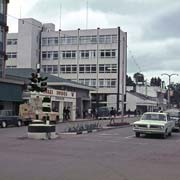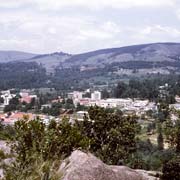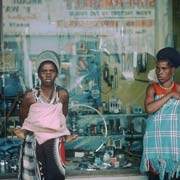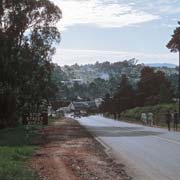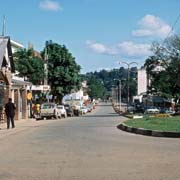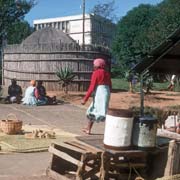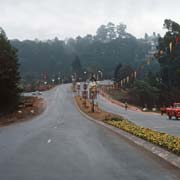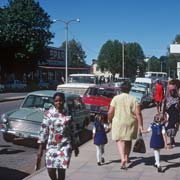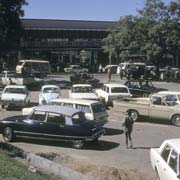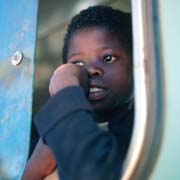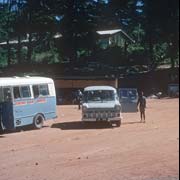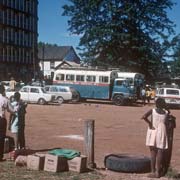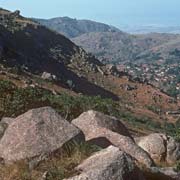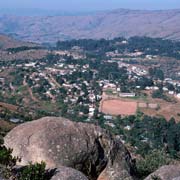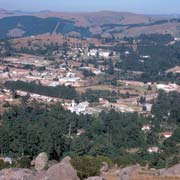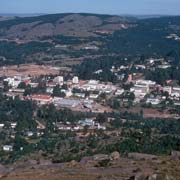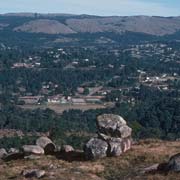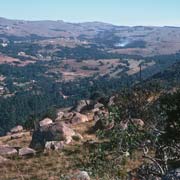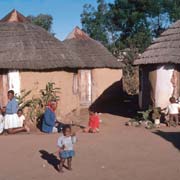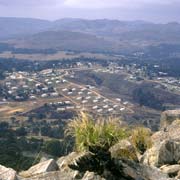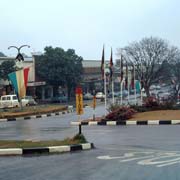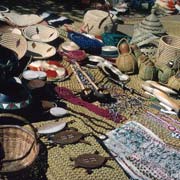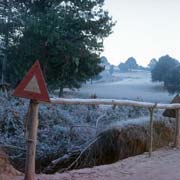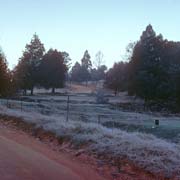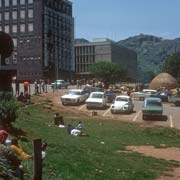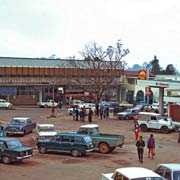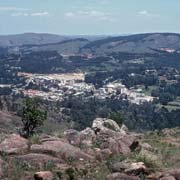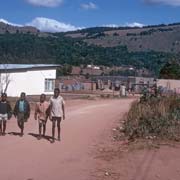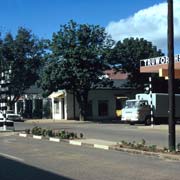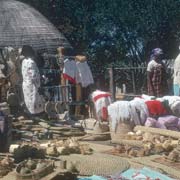Photos of Mbabane, the capital of Swaziland
Mbabane, the capital of Swaziland
At the end of the Anglo-Boer War, in July 1899, a special Commissioner with a force of the South African Constabulary rode into Swaziland from the Transvaal, to annex the Protectorate of Swaziland in the name of King Edward VII of England and to establish an Administration. The place known as Embabaan (named after a Chief, Mbabane Kunene, who lived in the area when British settlers arrived) in the "Highveld" was chosen as the seat for their administration.
you may then send it as a postcard if you wish.
Mbabane was chosen by the British as the seat of administration, mainly because of its altitude, about 1,200 metres above sea level, and therefore mild climate: the town of Bremersdorp (now Manzini), at 600 metres, the seat of the administration under the Boers, was considered too hot and unhealthy for Europeans.
In 1902 Mbabane was established as the seat of the then British administration of Swaziland. It was a small place then but it did have a hotel, established in 1888; the present City Inn now stands in its place. There was a store and a few houses and a cattle Station belonging to the then King Mbanzeni, where today the industrial site is situated.
Upon Swaziland regaining its independence in 1968, Mbabane remained its administrative capital, a pleasant town of around 39,000 inhabitants. This has now grown to an estimated population of 95,000. All government ministries are located here, although the Parliament building remains in Lobamba. Pleasant walks can be undertaken in the area, the scenery is beautiful and the climate generally delightful.



